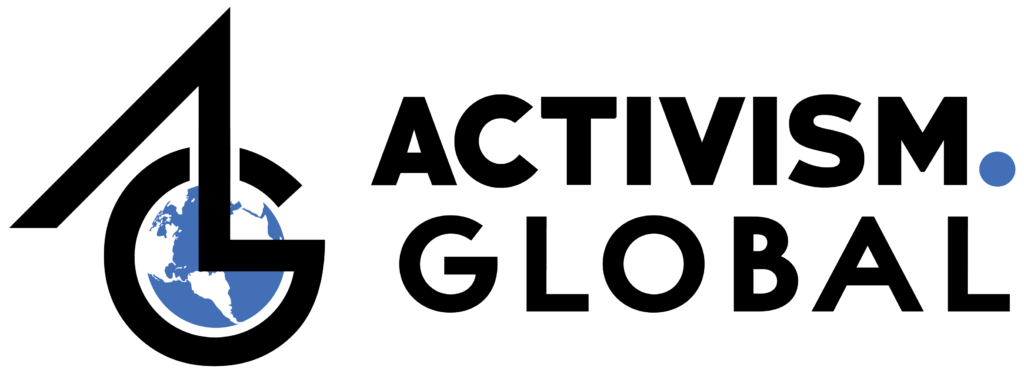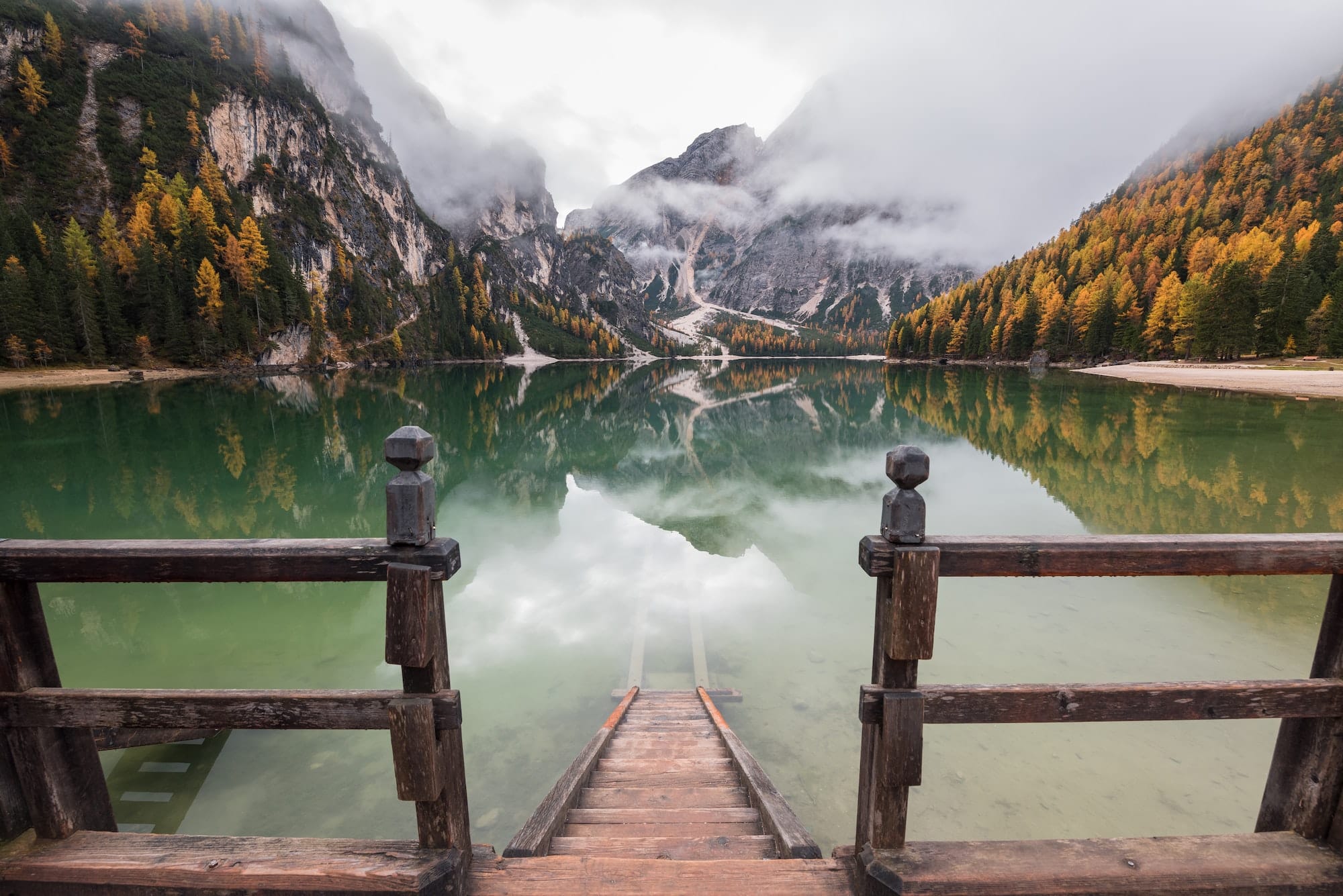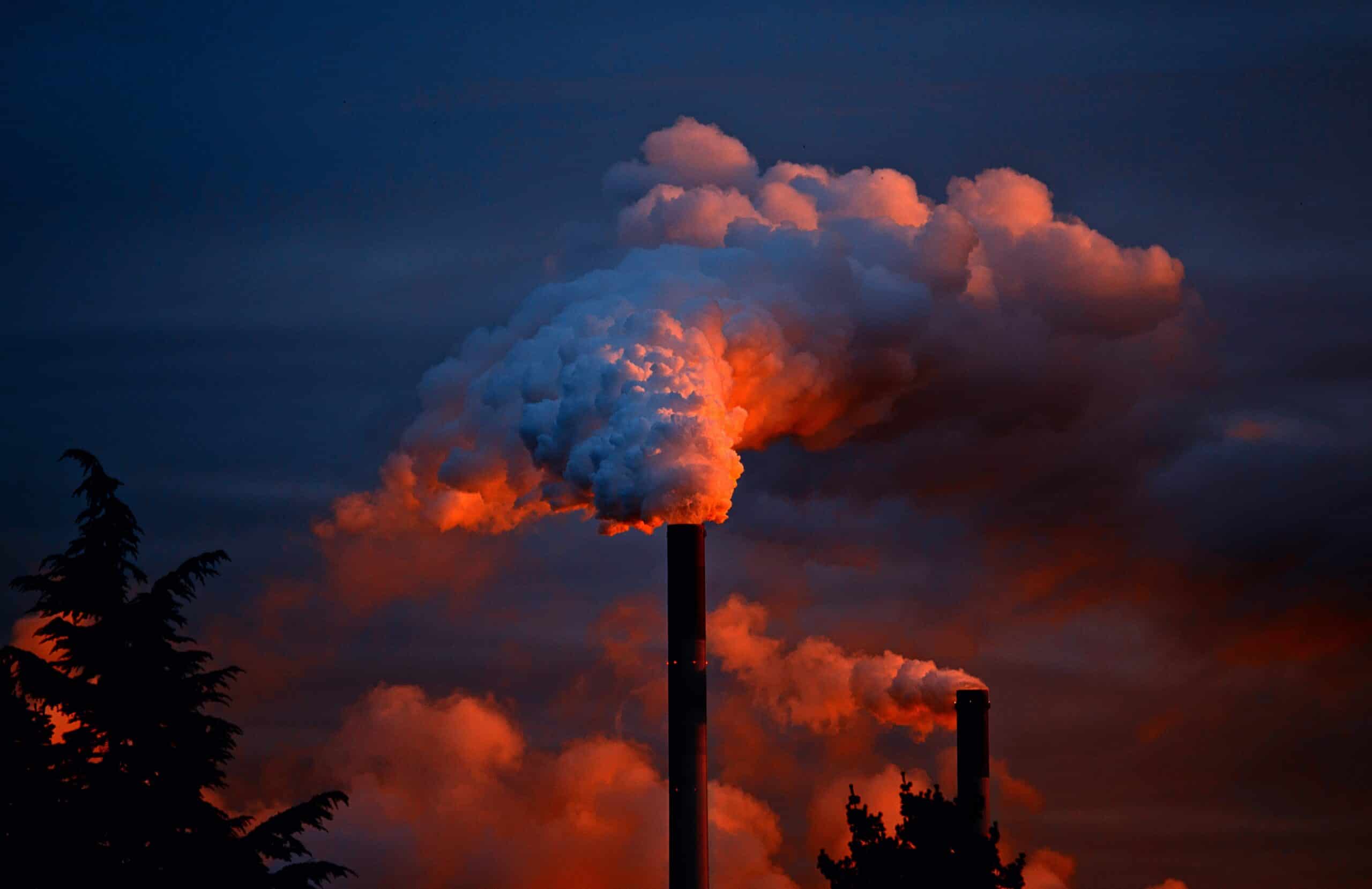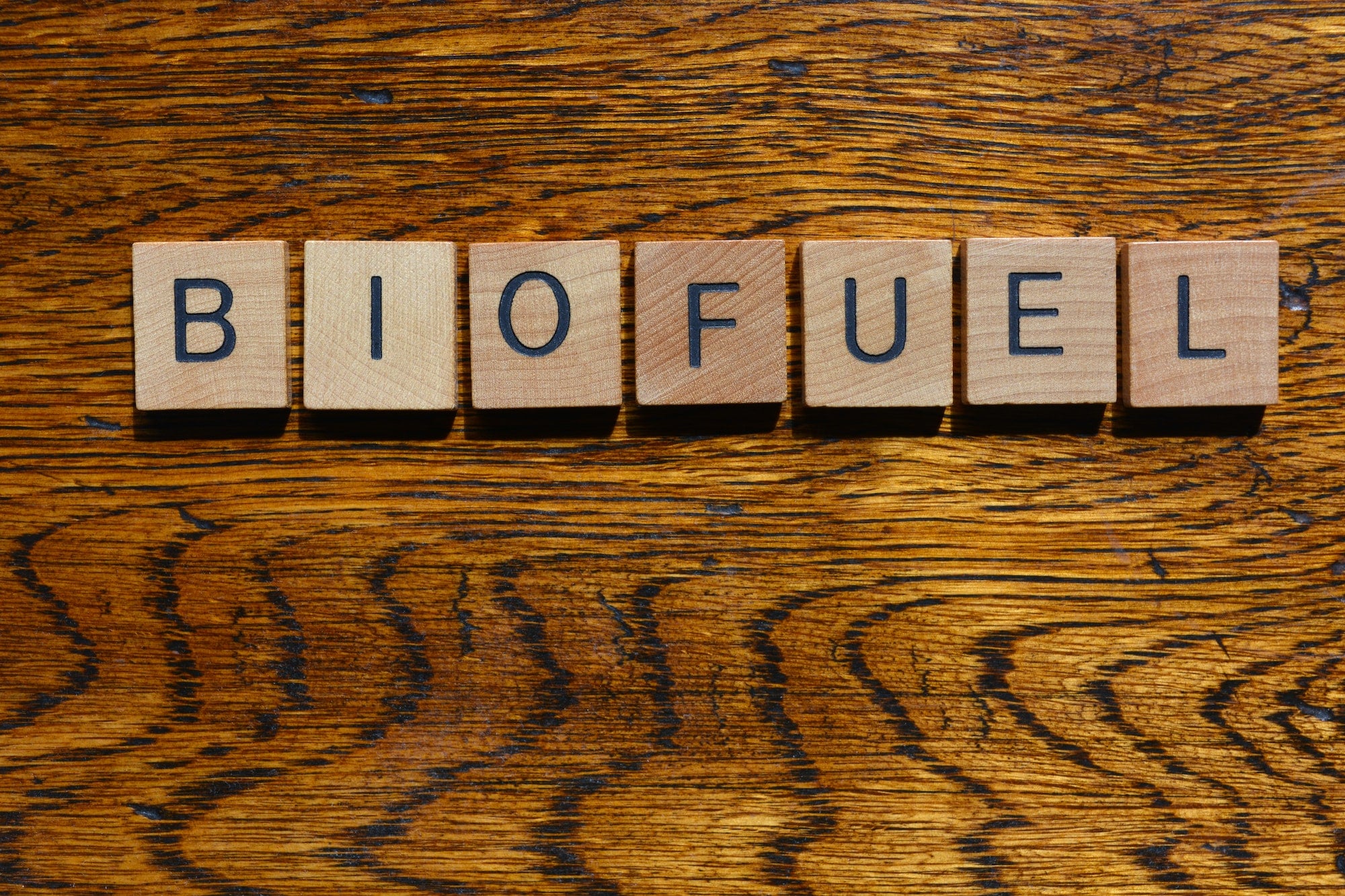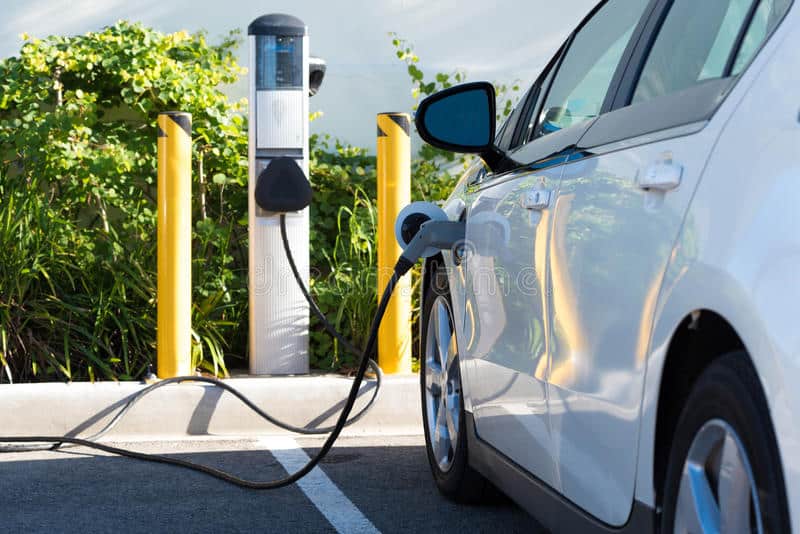
The earth is naturally provided with light from the sun during the day, and reflections at night from the moon and stars. In the last 200 years, as artificial light has caused light pollution and climate change to disrupt natural cycles on the earth, both animals and humans, and the future of the two, are taking a direct hit from the consequences of artificial light pollution and climate change.
Circadian rhythm is the natural 24-hour cycle that is part of our body’s, and also regulates and controls biodiversity. For both humans and animals, artificial light messes with the body in extensive ways. The sun going down and ending the day, means rest begins until the sun rises again. We live on that circadian rhythm.
A hormone called melatonin is secreted in the brain at night time, which is our body’s natural way to shut down, and prepare for rest. Light pollution and skyglow cause our body to never fully know where we are at in our circadian rhythm, thus slowing the amount of melatonin created. A decrease in melatonin causes issues in the sleep cycle, as well as overall mental and physical health. Many health problems arise due to lack of sleep: headaches, stress, insomnia, anxiety, depression.
There are three different types of light pollution that affect the everyday lives of humans and animals, glare, light trespass, and clutter. Traffic lights, tail lights, headlights, street lamps, LED road signs, and reflective road signs are all products of glare and cause stress to the eye. Birds, for example, are guided by the moonlight, and glares from man made devices cause them astray, and lead them to their deaths. Light trespass is light that travels into an area that is unwanted, like light glowing underneath a bedroom door, or an electronic device illuminating the dark when a notification comes in. Lastly, clutter is light in a grouping, such as lights on skyscrapers, or the trail of brake lights in traffic. Clutters of light pollution are what we refer to as skyglow.
In the last 20 years, as electronics have taken over our lives, artificial light has been found to make the same impact on the human life cycle as light pollution. Blue light, which is found in electronic devices, has been shown to decrease melatonin. Most individuals come in contact with blue light for 14 hours out of the day or more, which directly affects their melatonin, and decreases their natural production. Though blue light is a serious issue, and electronic devices emitting blue light are hard to stay away from, decreasing the use of electronics, and also special eyewear, can help restore that natural melatonin production in the brain.
Light pollution has also taken a huge toll on biodiversity. Think about wildlife patterns at night, there are nocturnal animals that sleep in the day and hunt their prey at night, wolves, coyotes or, fox that hunt at night in packs for prey, species in ponds, creeks, and large bodies of water who make noises at night to call out to their mates, and even prey that is desperately trying to camouflage itself in the night to hide. With natural darkness taken away, all of these ecosystems are disrupted. Because photosynthesis relies on night and day, plants are not able to photosynthesize, which directly impacts the food chain of insects and animals. The amount of light that now penetrates the darkness has vastly changed wildlife, more than that of 200 years ago. From humans, to small insects, and everywhere in between, man made light does not present positive attributes on the earth.
Without nature, we cannot fix the problems humans have created on the earth. Nature heals us, and in return, we must heal it back. Where do we go from here, and what steps must be taken next to change the issues man has caused in the world over the last 200 years? The United Nations Environment Programme has created a list of nature based solutions to put a stop to biodiversity change, climate change, and light pollution. The list starts with reforestation, especially in the tropic regions, to regrow the land that has been lost by deforestation, and plant trees to suck the CO2 out of the atmosphere.
Advocating, and spreading awareness to build trees, and replenish ecosystems back to what they once were is also a step in the right direction. Advocating for, and using nature based solutions in our day to day lives, to solve small problems, will eventually lead to fixing large problems in the end.
